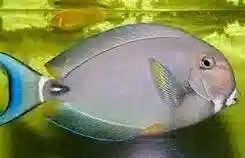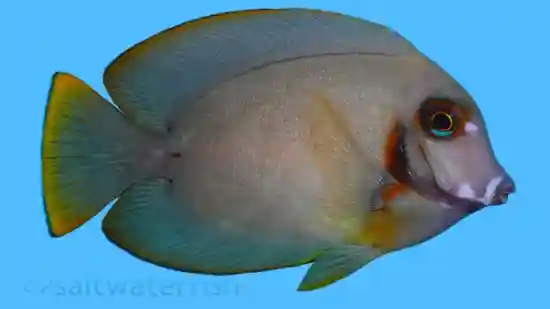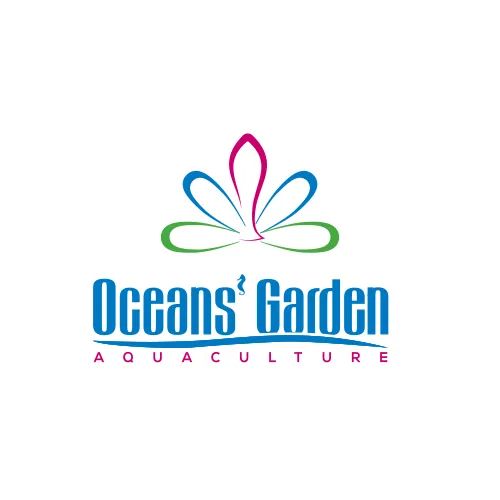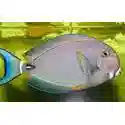White Face Tang
Acanthurus leucocheilus
(0 Reviews)

White Face Tang
Acanthurus leucocheilus
(0 Reviews)
{{ item.name }}
Size: {{ item.extra_field_3 }}
${{ getFormattedPrice(item.saleprice) }} ${{ getFormattedPrice(item.price) }}
To join the waiting list, click here
Free Shipping
With
$199.00
or more in Marine Life.
More details...
White Face Tang Care Facts
| Care Level: | Easy |
|---|---|
| Temperament: | Peaceful |
| Diet: | Omnivore |
| Reef Safe: | Yes |
| Minimum Tank Size: | 250 gallons |
| Max Size: | 18 inches |
White Face Tang (Acanthurus leucocheilus): Caring For the White Face Tang In Your Aquarium
The White Face Tang, scientifically known as Acanthurus leucocheilus, is a unique marine species that can be a fascinating addition to your saltwater marine aquarium. This no-nonsense guide will provide essential information on caring for this distinct fish, covering its habitat, compatibility, diet, care requirements, and more.
Habitat of the White Face Tang
White Face Tangs are native to the warm waters of the Indo-Pacific region, where they inhabit coastal reefs and rocky areas. They are typically found at depths ranging from 3 to 50 feet (1 to 15 meters), often foraging for algae and small invertebrates among coral formations and rocky structures.
Reef Compatibility of the White Face Tang
This species is generally considered reef-safe. White Face Tangs primarily feed on algae, making them an excellent choice for reef aquariums, where they can help control algae growth. However, like all tangs, they may occasionally nip at certain corals, especially if their dietary needs are not adequately met.
Size and Lifespan of the White Face Tang
White Face Tangs typically reach a length of about 18 inches when fully grown. They can live 5 to 7 years in captivity with proper care, offering several years of enjoyment for dedicated aquarists.
Diet in Captivity of the White Face Tang
In their natural habitat, White Face Tangs graze on various algae, detritus, and small invertebrates. In captivity, it's essential to replicate their natural grazing behavior. Provide them with high-quality marine algae sheets, seaweed, and a mix of marine pellets and frozen foods such as brine shrimp and mysis shrimp.
Aquaculture and Availability of the White Face Tang
White Face Tangs are not available through aquaculture. However, Saltwaterfish.com is dedicated to providing hobbyists with responsibly sourced fish, ensuring that each White Face Tang is healthy, acclimated, and ready to thrive in your aquarium.
Compatibility with Other Fish and Invertebrates of the White Face Tang
White Face Tangs are generally considered peaceful but can become territorial when introduced to an established community aquarium. When selecting tankmates, choose species that can coexist peacefully and are not overly territorial.
Sexual Dimorphism of the White Face Tang
Sexual dimorphism in White Face Tangs is minimal, and distinguishing between males and females based on visual characteristics can be challenging.
Juvenile to Adult Coloration Changes of the White Face Tang
Juvenile White Face Tangs have a striking appearance with a white face and a dark body. As they mature into adults, their coloration deepens and becomes more uniform, with the distinctive white face remaining a prominent feature.
Temperament of the White Face Tang
White Face Tangs are known for their generally peaceful character. However, they may become territorial when introduced to an aquarium with limited space or when they feel their territory is threatened.
Tank Requirements of the White Face Tang
To provide the best care for your White Face Tang, maintain a tank with a minimum size of 250 gallons (284 liters). This ensures ample swimming space and helps reduce territorial conflicts. Water conditions should mimic their natural habitat, with a pH level between 8.1 and 8.4, a salinity level of 1.020-1.025, a stable temperature between 74-78°F (23-26°C), and moderate water flow to simulate ocean currents.
Common Names of the White Face Tang
The White Face Tang is also known by various names, including Yellow-cheek Tang or Whitecheek Surgeonfish.
Compatible Tank Mates of the White Face Tang
Here are five specific species that can make suitable tank mates for your White Face Tang:
- Flame Angelfish (Centropyge loriculus)
- Royal Gramma (Gramma loreto)
- Lawnmower Blenny (Salarias fasciatus)
- Six-Line Wrasse (Pseudocheilinus hexataenia)
- Clownfish (Amphiprioninae)
Why Choose the White Face Tang from Saltwaterfish.com
When you acquire a White Face Tang from Saltwaterfish.com, you invest in a visually striking addition to your saltwater marine aquarium. Saltwaterfish.com is committed to responsibly sourced fish, ensuring that each White Face Tang is healthy, acclimated, and ready to thrive in your aquarium. With their dedication to quality and a wealth of resources, Saltwaterfish.com makes it easy to enjoy the unique beauty of these tangs in your home aquarium.
The White Face Tang (Acanthurus leucocheilus) is captivating and peaceful in saltwater marine aquariums. With their striking coloration and unique white face, they can be a fascinating choice for both beginner and experienced aquarists looking to add a touch of elegance to their collection. By adhering to their specific requirements and providing a suitable environment, aquarists can witness the White Face Tang's presence in their aquatic habitat.
Currently White Face Tang does not have any reviews.















